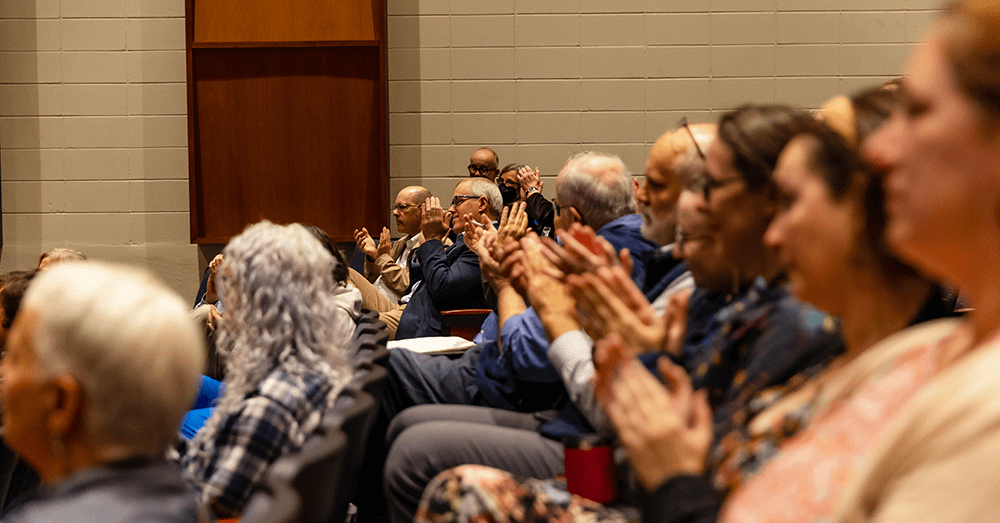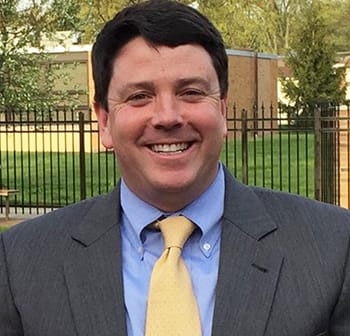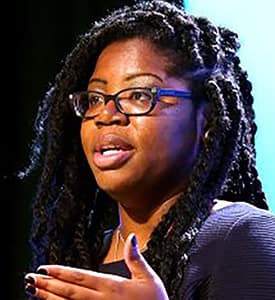Students return to tobacco-free campus as of Sept. 1
The Saint Michael’s College campus is going officially tobacco-and-smoke-free on September 1, 2016, embracing an increasingly common trend at colleges and universities across the U.S.
Mary Masson, director of Student Health Services at the College, says more than 1,500 colleges and university campuses nationwide are now smoke and tobacco free, with the University of Vermont making the move January 1, 2016. “We’re riding the wave that’s already begun on a commitment that’s nationwide, so it shouldn’t surprise students here who know people going to other colleges or other really large universities who have been able to do it.”
Low-key programming to build awareness and help people quit has been in place at Saint Michael’s for more than a year, and early feedback is promising.
“We actually saw a decrease in the number of tobacco users on campus in recent years,” says Masson, who two years ago helped oversee a health and wellness survey of the community. “It showed our rate of smoking for students on this campus at the time was about 12 to 13 percent, which already is lower than the national average by a couple points, and when we checked it again this year, it was down to 11 percent — so with initial efforts, we’re beginning to see a shift.”
The goal of initiatives from Masson’s office and a task force created two years ago by the President’s Office, cabinet and trustees has been to transform the prevailing campus culture regarding tobacco use slowly but steadily, with the simple goal of creating a healthier community.
Measures have included nicotine cessation support groups offered through the Student Health Center as it partners with off-campus community groups like 802 Quits and the Vermont Quit Network. Together, along with meetings or counseling, they have been providing free nicotine gum and patches for Saint Michael’s smokers who want to quit — whether they are from Vermont or another state. These items are available in the Bergeron Wellness Center. Masson saysthe groups, while small so far, have been available to both students and faculty/staff and will continue to be during the academic year.
Masson’s office and the Facilities Department also have been working this summer in other ways to help assure that nobody is surprised by the smoke-free campus policy upon return for fall semester. No longer will smoking stations with ashtrays be located outside buildings around campus, as in the past. Masson says she also has posted messages on the website portal about the change, and signage has been placed throughout campus buildings proclaiming “Yes, we are tobacco- and smoke-free as of September 1.”
While official policy will prohibit smoking anyplace on College property from that date forward, she says, “We realize that no policy change is always an easy one for everyone and there will be people affected both positively and negatively. It’s a hard thing to police, and we realize it’s a very difficult habit to break – I think the average person who is successful in stopping tobacco use probably tries 7 to 10 times to quit — so it’s not something we really want to police.”
Instead, Masson says, she and administrators hope that if community members see somebody lighting up or using smoke-free tobacco or nicotine products on Saint Michael’s property, they will respectfully and kindly remind that smoker or tobacco-user of the new policy, and ask them to respect it. Also, if the person is receptive, they might be offered information about support that the College can offer for quitting.
Masson says the Athletics Department and Student Life Office have agreed to help disperse the message about the smoke-free campus and related programs among students and athletes this year as they return to campus.
She noted that decades ago, it was not uncommon for students and faculty to light up right in classrooms, so serious cultural attitude-changes toward smoking on campus are nothing new, and therefore very achievable in the long view. She cited statistics showing that many young people start smoking in college. “If we can avoid that, we’ll make a huge leap in the efforts to reduce lifetime smokers. Hopefully we’ll encourage students to make better choices before they start smoking.”
A letter from President Jack Neuhauser when the initiative began summarized the bottom line of the new policy well: “We will not stigmatize anyone, but hope rather that we can support each other simply because when we are Tobacco Free our entire community will be healthier.”





